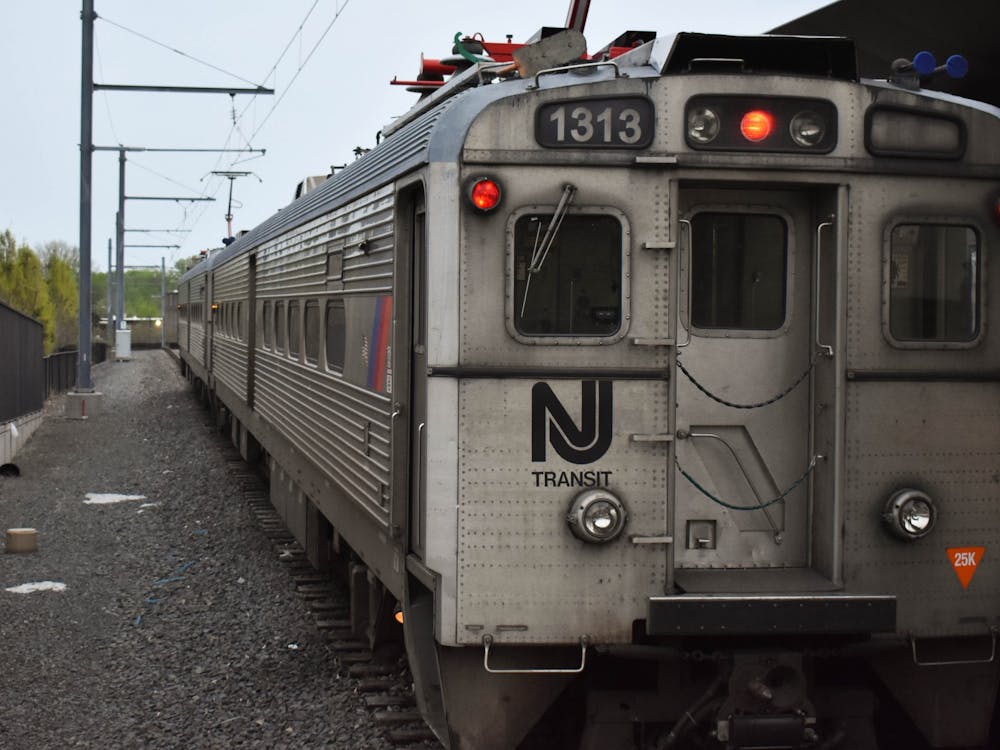"But we're one of the whitest groups on this campus!" protested one incredulous Daily Princetonian writer last September when he first heard of our plans for a series on race at the University.
And indeed we are. Though we boast a staff of close to 100 editors, reporters, photographers, graphic designers, Web programmers and business staffers, the 'Prince' has only a handful of minority members.
With our series, "Race at Princeton, Day by Day," we have tried to challenge members of the campus community to look within their own groups — whether athletic teams or theater organizations, religious denominations or social groups — and discern how race plays an often-unnoticed, but powerful role.
Today, we do the same.
The 'Prince' staff's homogenous make-up is hardly unique in the world of journalism — most newsrooms throughout America are considerably more white than the communities they cover — but it is troubling nonetheless. How often have we missed a compelling story because few of our staff members frequent the Third World Center or attend meetings of the South Asian Students Association — or because a minority did not feel comfortable approaching a writer from a different racial background about a sensitive topic? Having a staff that reflects the racial composition of Princeton's student body is not just right — it is a necessary precondition if we are to cover campus as thoroughly as possible.
We are aware that a mostly white newspaper staff needs to make an extra effort to get to stories in the minority community — stories that we would be more likely to hear about if the 'Prince' staff had more minority writers. But even when we do get to those stories, said Andrea Boateng '02, chair of the TWC governance board, our coverage is uneven — and is often hampered by our lack of familiarity with the communities we are covering.
Boateng questioned why the 'Prince' sends reporters to certain TWC meetings but not others. She also argued that it is difficult for reporters to develop a thorough understanding of the issues facing the TWC if they attend meetings only sporadically. "I guess consistency with coverage is one of my big concerns," Boateng explained.

This sentiment — that the 'Prince' is not always as attentive to minority issues as it should be — has led in turn to an even more disturbing phenomenon: Minorities are less likely to read our newspaper than white students.
"What I've heard is that many students of color at Princeton don't read the 'Prince,' " said Heddye Ducree, the TWC's director.
Our concern about our failure to attract minorities to the 'Prince' does not end with its impact on the quality of our journalism or our ability to reach a broad array of readers. The 'Prince,' after all, is not just a newspaper — it is an educational institution, the closest thing Princeton has to a school of journalism. And by failing to attract minority writers, we are failing to uphold our obligation to make this newspaper a place where all who are interested in honing their skills as journalists can feel comfortable.
Each September, hordes of enthusiastic freshmen — many of them minorities — flock to our open house. Yet, year after year, we are invariably left by mid-October with a homogenous group of staffers.

It is, unfortunately, a vicious cycle, and one that has a clearly negative impact on the quality of our newspaper: Minorities perceive that the 'Prince' is uninterested in issues that are important to them, and so they stop reading and do not bother writing. And, in turn, the 'Prince' misses — or misinterprets — important stories in the minority community with far greater frequency than it otherwise would.
"I think it's an issue of overlapping circles," said Charles Nabrit '02, a black student who considered writing for the 'Prince' freshman year but eventually decided against it. "A lot of minorities just don't know many white people so that's why they don't go the 'Prince' with story ideas. I think it's been hit or miss with the 'Prince.' "
Boateng has a slightly different take on the situation. "Many minorities, I think, don't know there are so few minorities at the 'Prince,' and they always think someone else will be the one so they don't do it," she said.
Perhaps the answer is better recruiting. Perhaps it is better outreach. One thing is for certain: Though it is not a problem that will be solved easily, the responsibility for solving it rests ultimately on our shoulders, and on our shoulders alone.
We have been heartened to hear that "Race at Princeton, Day by Day" has generated considerable discussion on campus during the last two weeks. We hope our 10 stories have spurred readers to consider the role race plays in their everyday lives. And most of all, we hope discussions about race at Princeton that were initiated during the last two weeks will continue in the months and years to come.
This series was merely a beginning. As a school, we still have much left to discuss — and a long way to go. — Richard Just '01 124th Editor-in-Chief, The Daily Princetonian — Michael Hochman '01 Editor, "Race at Princeton, Day by Day"







